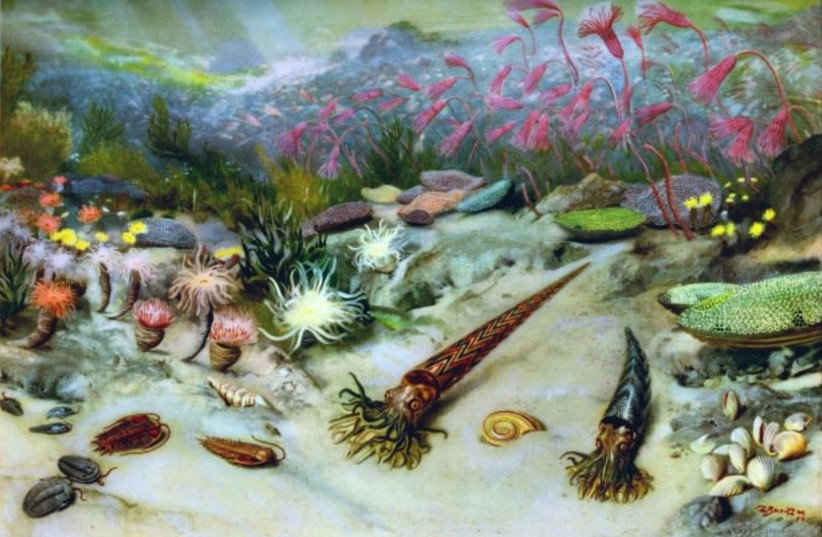A team of Scandinavia-based scientists discovered a fossilized Ichthyosaur, a prehistoric aquatic reptile, in a rock that is dated to just after the end-Permian mass extinction (EPME).
The study detailing the discovery was published in Current Biology, a peer-reviewed scientific journal published by Cell Press.
When was the end-Permian mass extinction?
The mass extinction event at the end of the Permian age, roughly 252 million years ago, sits at the border of the Paleozoic and Mesozoic geological eras, two eras that spanned hundreds of millions of years. The Mesozoic era, which is divided into the Triassic, Jurrasic, and Cretaceous periods, is commonly thought of as the age of the dinosaurs.
It is during the early Triassic that the Icthyousaur, a dinosaur-adjacent, fully-aquatic marine reptile was previously thought to appear. The scientists who authored the study, however, recently uncovered an Ichthyosaur fossil encased in a rock that is dated to 250 million years ago, just two million years after the EPME.
The rock in which the fossil was found was taken from the Arctic island of Spitsbergen, an island in the Svalbard archipelago of northern Norway.

While Ichthyosaurs evolved from terrestrial, and then amphibious, animals, the evolutionary step to a fully aquatic species was previously thought to have occurred after the EPME of 252 million years ago. The thinking among the scientific community was that this step was taken in order to take advantage of ecological niches left vacant by the cataclysmic global extinction event.
Results of the Permian extinction event
The theory worked with previous Icthyosaurian discoveries. Additionally, it makes sense given the sheer scale of life that was driven into extinction by the event. According to National Geographic, the Permian extinction event killed 90% of species on earth, including 95% of all aquatic species. It would seem to make sense that terrestrial animals would adapt to aquatic life at this time in order to take advantage of the ecological space cleared by the EPME.
However, as suggested by the study, given the chronal proximity of the fully aquatic Ichthyosaur to the EPME, it appears that fully aquatic Ichthyosaurs already inhabited prehistoric seas before the commencement of the Mesozoic age.
So, Ichthyosaurs "can now be feasibly recast as mass extinction survivors instead of ecological successors within the earliest Mesozoic marine predator communities," the researchers write in the study. While the study notes that the marine reptiles did adapt following the mass extinction, the critical aspect of their development, that they had become fully aquatic, had already occurred.
Consequently, although these iconic ocean reptiles were contemporaries of the dinosaurs, the evidence now suggests that their development predates their terrestrial cousins.
